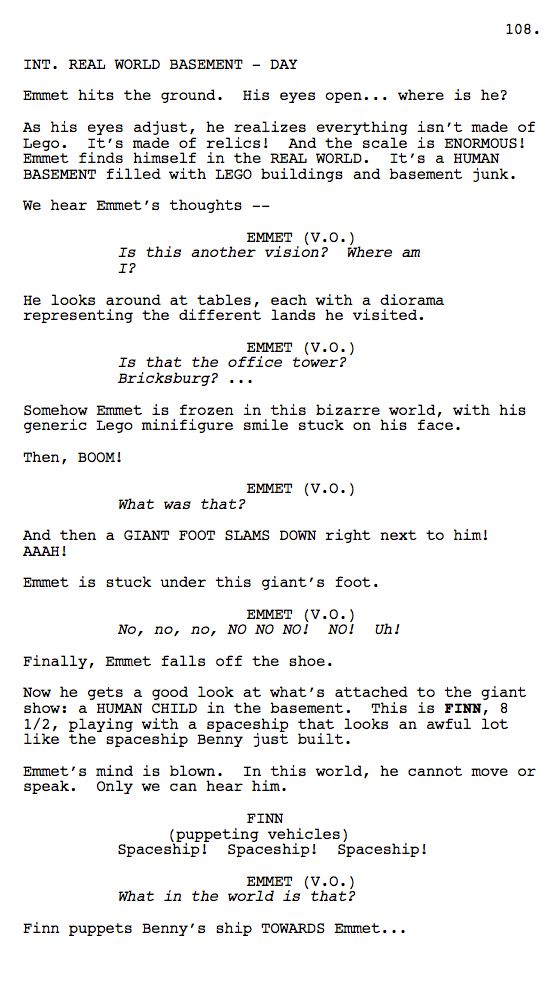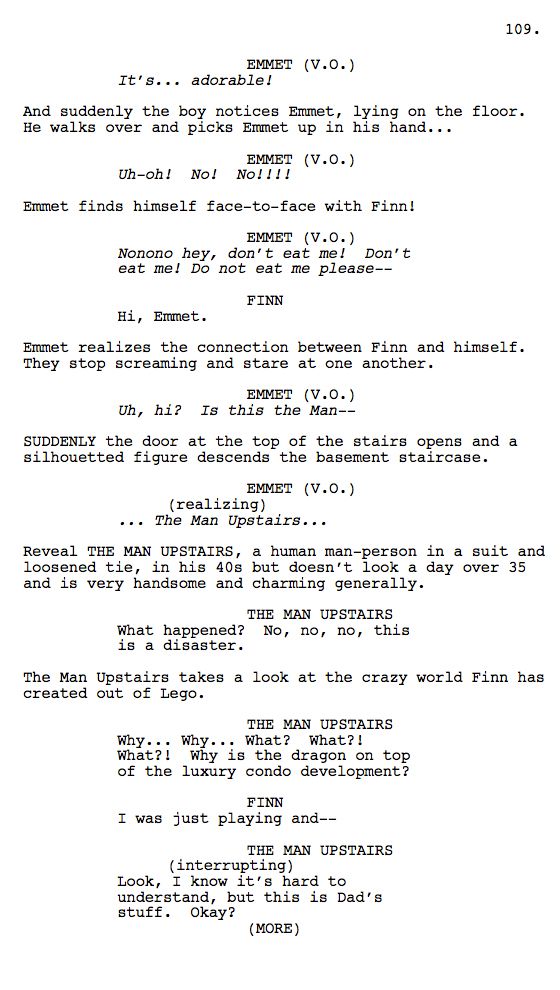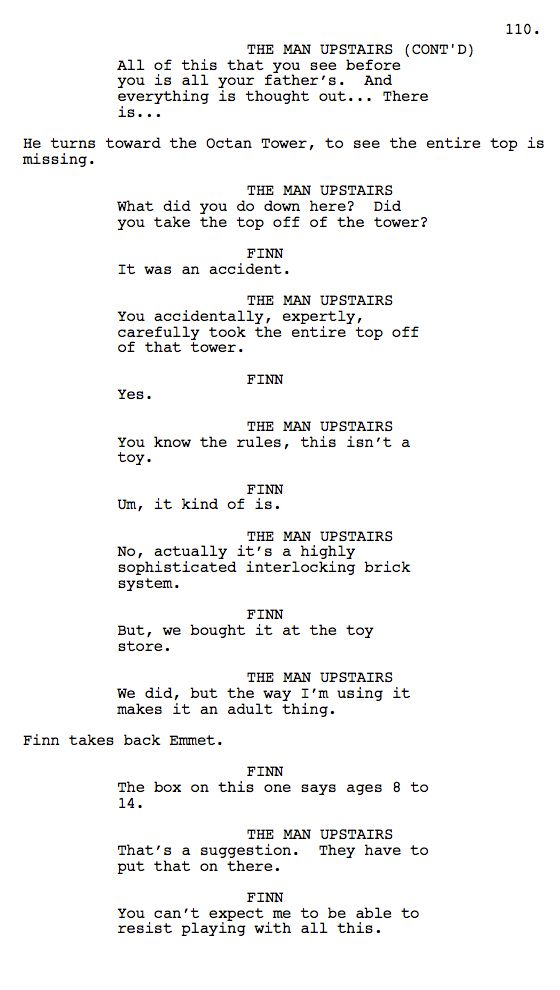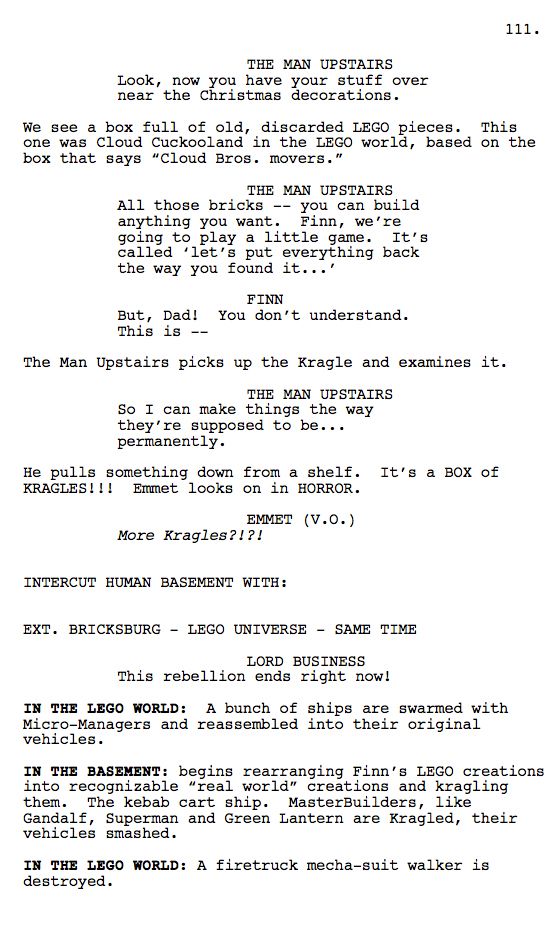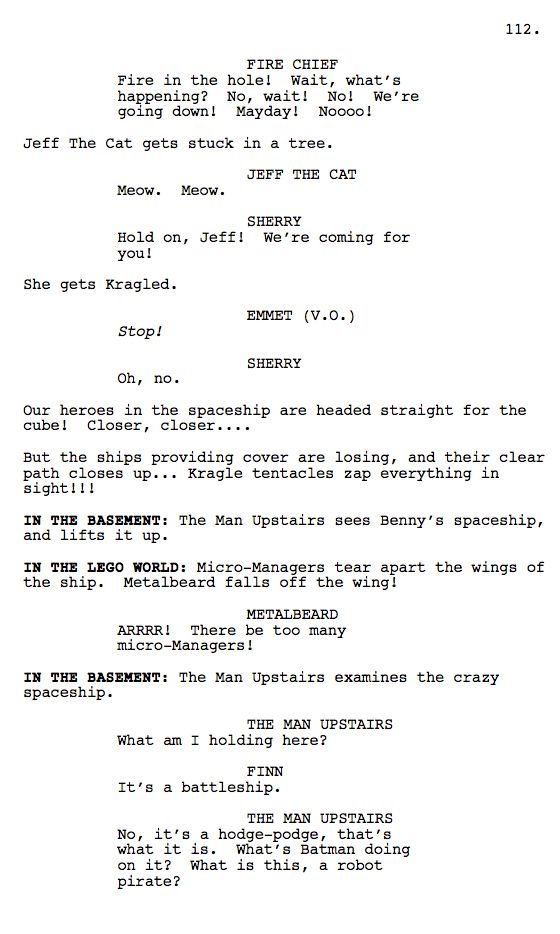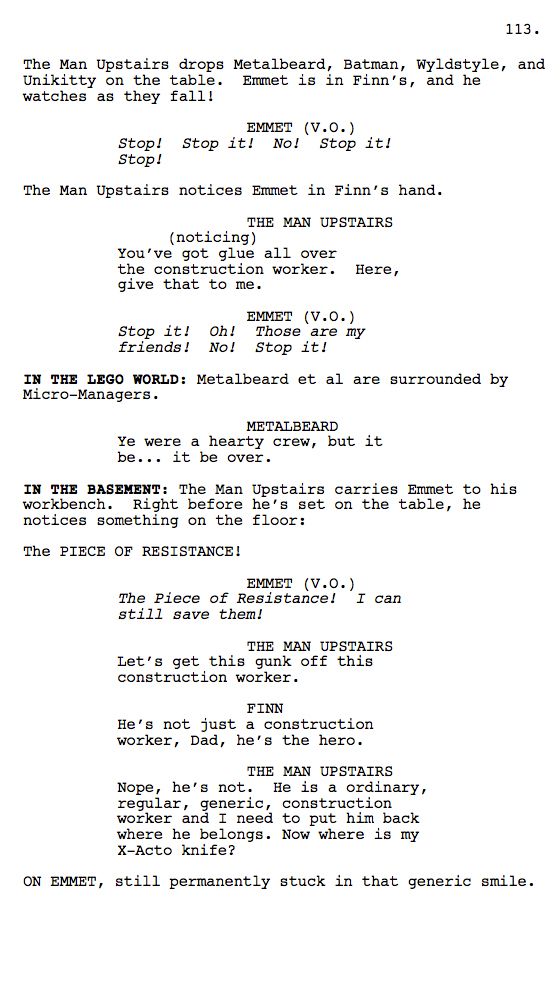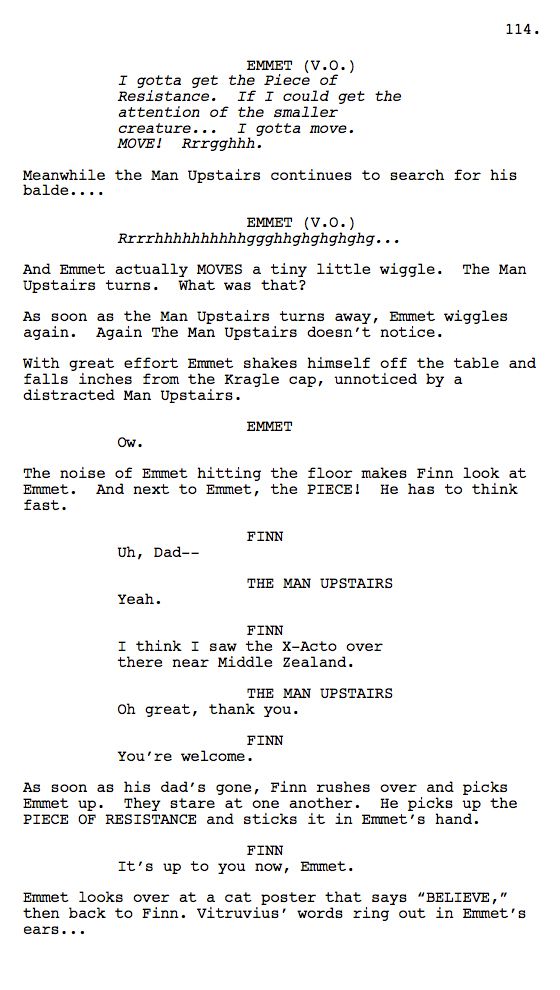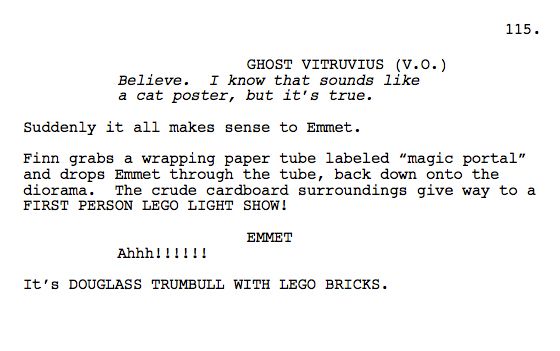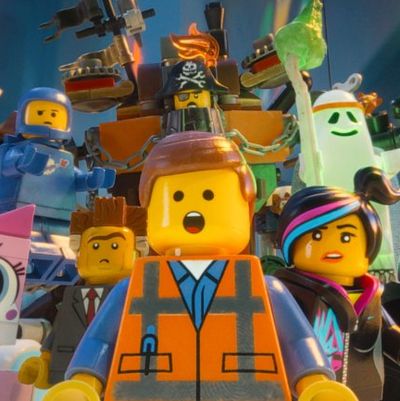
Vulture is speaking to the screenwriters behind 2014’s most acclaimed movies about the scenes they found most difficult to crack. Which pivotal sequences underwent the biggest transformations on their way from script to screen? Today, we talked to Phil Lord, who wrote and directed the animated hit The Lego Movie with his creative partner Christopher Miller. The scene Lord picked is one that features a major spoiler, so if you haven’t seen the film, read no further, as it’s excerpted below.
The whole movie got rewritten, thrown out, rewritten again, thrown out in production, rewritten again … so many scenes felt tough to write. That’s definitely the case with animated movies, and since we were writing and directing, it was even harder. The writer in you writes a script that you think is perfect, and then the director in you reads it and throws it out and tells you to go back to the drawing board! That’s a very schizophrenic approach to filmmaking.
The live-action segment with Will Ferrell definitely went through the most iterations. It was baked in from the beginning, but it changed and changed and changed. We knew we were gonna do it and I had faith it was going to work, but it was a lot of buttressing and throwing things out. How much live action should we reveal before we got to that moment? We storyboarded that sequence for a year and a half before we got to it, and tried it a million different ways.
The son wasn’t always in the movie. That was a thing that happened two years ago, when we finally figured the scene out. It was just going to be about Will Ferrell, but we thought, The movie can’t just be about one character, it has to be about a relationship. Maybe this movie is about a father and a son. And that’s what opened it up for us, and seemed to resonate for a lot of people.
When we pitched it, we could definitely tell that people were thinking to themselves, Well, if it doesn’t work, we can always cut it out. Certainly, we thought that maybe we would do that. Right before we shot it, we promised everybody that if it didn’t work, we had an alternative that was animated. But that was a lie. We were betting on ourselves that we were right two years earlier when we thought it would be surprising and delightful.
